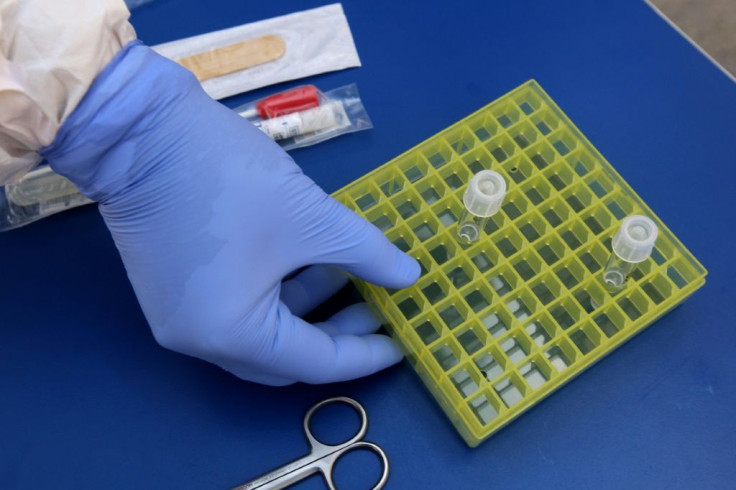COVID-19 Testing Breakthrough: New US Military Test Detects Coronavirus Even Before It Is Infectious

In what could be an important breakthrough, a new coronavirus testing could indicate if an individual has caught the infection just 24 hours after being infected, even before they exhibit symptoms or start spreading it. If it works as expected, the new testing protocol could play a major role in preventing future outbreaks.
This new testing method has emerged from a project set up by the U.S. Military’s Defense Advanced Research Projects Agency (DARPA), the U.S. military research division, and is expected to receive an accelerated FDA authorization by end of this week, reported The Guardian.
It could indicate if individuals need to self-isolate themselves before they begin spreading the coronavirus infection.
“The concept fills a diagnostic gap worldwide. If given FDA approval, it had the potential to be absolutely a gamechanger,” Dr. Brad Ringeisen, head of DARPA’s biological technologies office, told The Guardian.
Although the new testing could improve the efficiency of the test-and-trace programs as there are worldwide lockdown relaxations, DARPA warned that it must wait until being approved by the FDA. It can then be put into practice to find out how early it can pick up the COVID-19-causing virus.
“The goal of the research is to develop and validate an early host blood response diagnostic test for Covid. Because the immune response to infection develops immediately after infection, a Covid signature is expected to provide more sensitive Covid infection diagnosis earlier,” Prof Stuart Sealfon, the lead researcher at Mount Sinai hospital in New York, told The Guardian.
Key features of the new testing method:
- COVID-19 is believed to incubate for about five days at which people get infectious. And it might usually take five days to tell if someone is sick. But this new test identifies cases of COVID-19 about four days sooner than other tests.
- Rather than hunting for the coronavirus, it verifies if an individual is sick by identifying their immune response to the disease.
- It shows the accuracy levels above 95%.
- It uses the same PCR machines used for checking nasal swabs from those suspected of being infected. It is just a simple tweak to the previously available infrastructure.
- Although blood samples are harder to collect than nasal swabs, they are more reliable. Nasal swabs could also be prone to false negatives but it doesn’t happen in a blood test.
- It can increase the possibility of isolating pre-infectious cases and close down transmission chains.
- It can dramatically reduce quarantine periods for those exposed to COVID-19 spreaders and let them go back to work.
- Frequent testing can help manage workforces as people return to work.
- It has the potential to improve testing protocols for protecting healthcare workers and others in high-risk jobs as well as those in self-isolated communities.
© Copyright IBTimes 2025. All rights reserved.






















